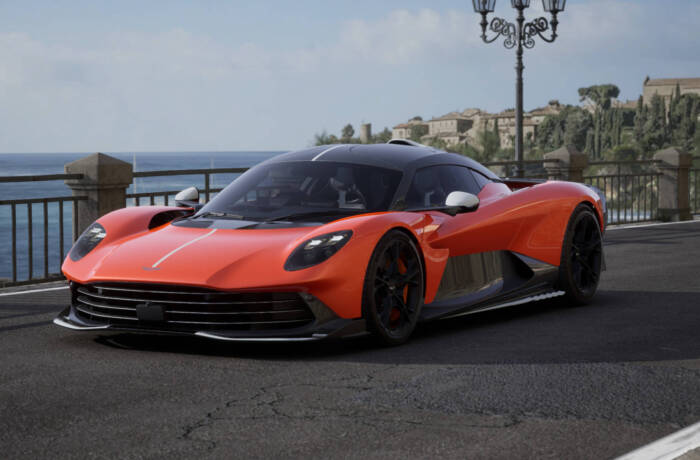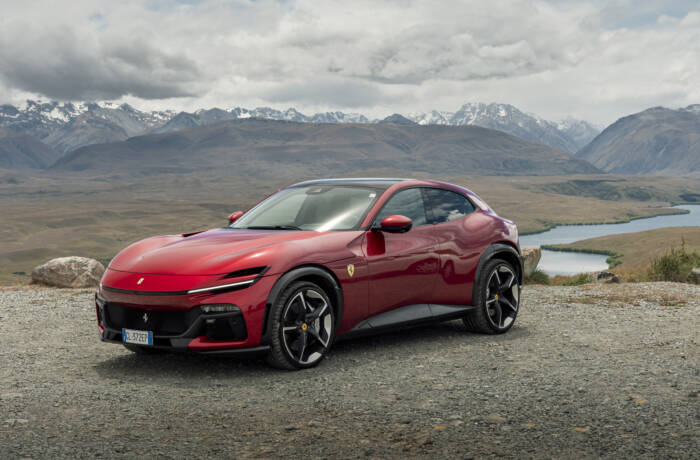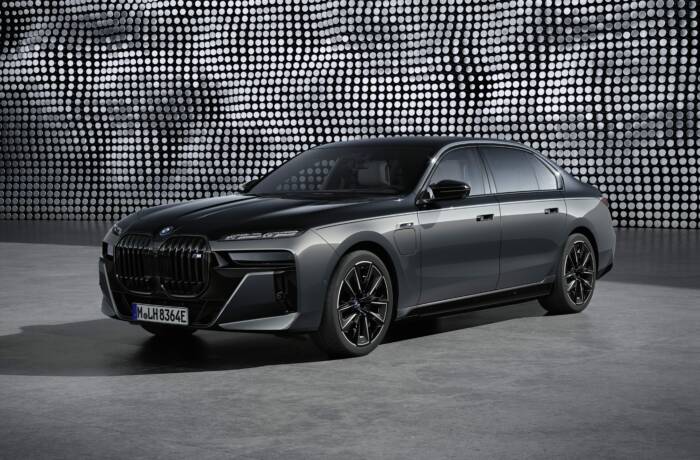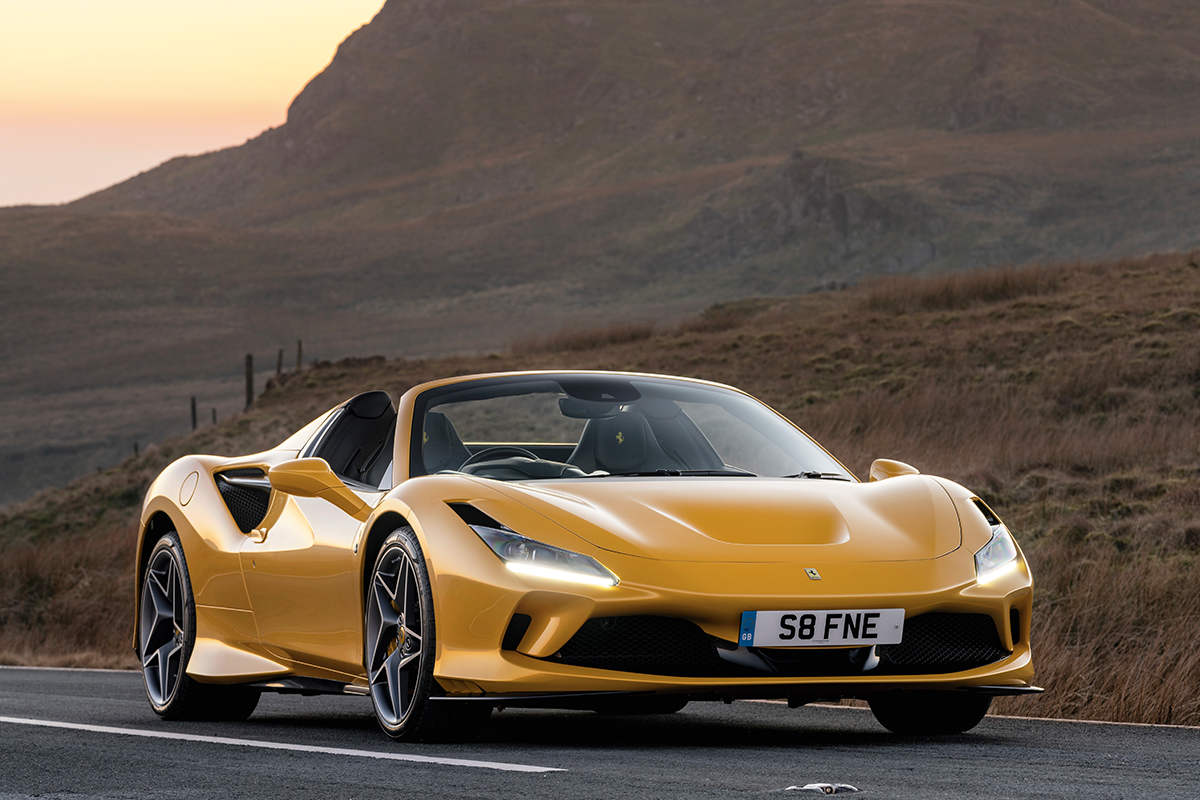
Ferrari F8 Spider. Photo by Max Earey
In the second part of our supercar series, LUX’s car reviewer gets behind the wheel of Ferrari F8 Tributo and the F8 Spider
That’s it, folks. Ferrari fans, please shed a tear as, for all the right reasons, these two cars are the end of the bloodline for Ferrari’s celebrated mid-engined V8 series of cars.
For many, this series personifies Ferrari: Magnum PI drove a red one in the 80s TV series. The ancestral line of two-seaters grew in power and capability, though not always beauty, from the sleek 308 of the 1970s and 328 of the 1980s, through the more wedge-shaped 348 and 355 of the 1990s (not always everyone’s cup of tea, but very much of their era), to the more rounded 360 and 430 of the 2000s, and the recent evolution through 458, 488 and F8.
Follow LUX on Instagram: luxthemagazine
The engine has always been a V8, and for some years has been an artwork visible through a clear cover behind the driver. From now, for the best of environmental reasons, the V8 will be replaced by a hybrid engine, and so the F8’s engine represents the pinnacle of Ferrari petrol engineering. We tried it out in both the fixed-roof (Tributo) and convertible (Spider) versions of the F8. It’s a glorious piece of machinery, giving a surge of power which grows to the typical Ferrari climax and you shoot towards what would be take-off velocity in a plane.
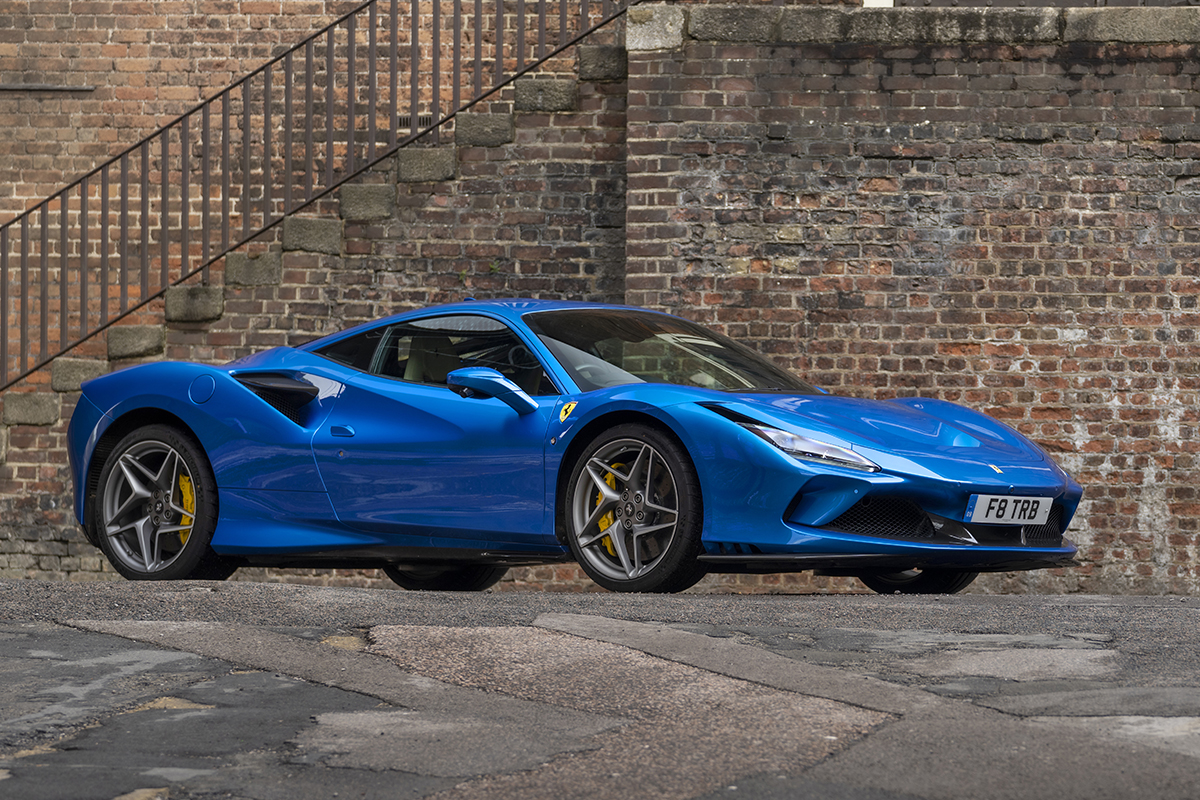
Ferrari F8 Tributo. Photo by Max Earey
Every Ferrari handles well, but we couldn’t help feeling Ferrari had engineered some extra joy back into the F8 from the 488 which preceded it. There was a sense that Ferraris were getting too brilliant for their own good, beyond comprehension in the abilities they offered to a driver, but less engaging than of old.
Read more: Catherine Mallyon on the Royal Shakespeare Company’s Success
The F8 engages the driver again, the sharper steering and more involving suspension meaning you really feel like you are driving the car rather than being at the helm of a video game. Crucially, it does so at low speeds, so you don’t feel like you need to be taking it onto a racetrack for it not to be bored – a complaint we have with a number of supercars. Back when the V8 Ferrari bloodline started in the 1970s, the cars were not recommended at low speeds because they overheated and were hard to manoeuvre. More recently, they were easy to drive and reliable but a tad sterile. The F8 addresses this, and how.
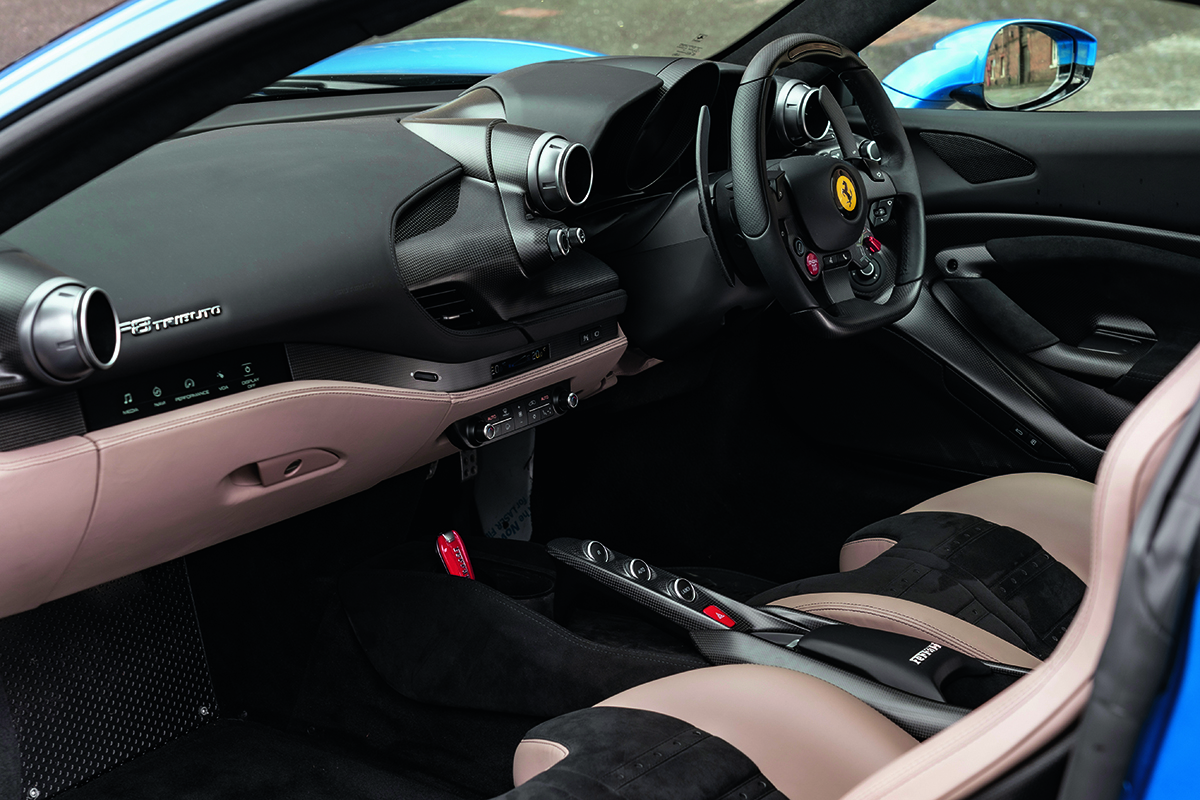
The F8’s aerodynamic body and control-laden steering wheel are all about the technicality of driving at speed
Whether you go for the Tributo or the Spider just depends on your preferences. The closed-roof car is probably a tad sharper around a racetrack but it is impossible to tell the difference, roof closed, when you are not. We like an open-roofed car so we will take the Spider.
Is it a must-buy V8 Ferrari, the last of its generation? Some would say that moment came with the 458, which was the last to have a non-turbocharged engine, with less power but more glory in its sensations and noise than the F8. Others would point to its predecessor, the 430, the last with a traditional metal-gate gearshift, which has a rawness and sharpness which even the F8 hasn’t quite gained back.
What’s certain is that it’s notable in itself for its sheer tearing thrust, the sharpness and brilliance of its handling and its joie de vivre. Ferrari really is on a roll, and Ferrari fans everywhere will be hoping it continues as the company moves into a more electric future.
LUX rating: 19/20
Find out more: ferrari.com
This article was originally published in the Autumn/Winter 2021 issue.

